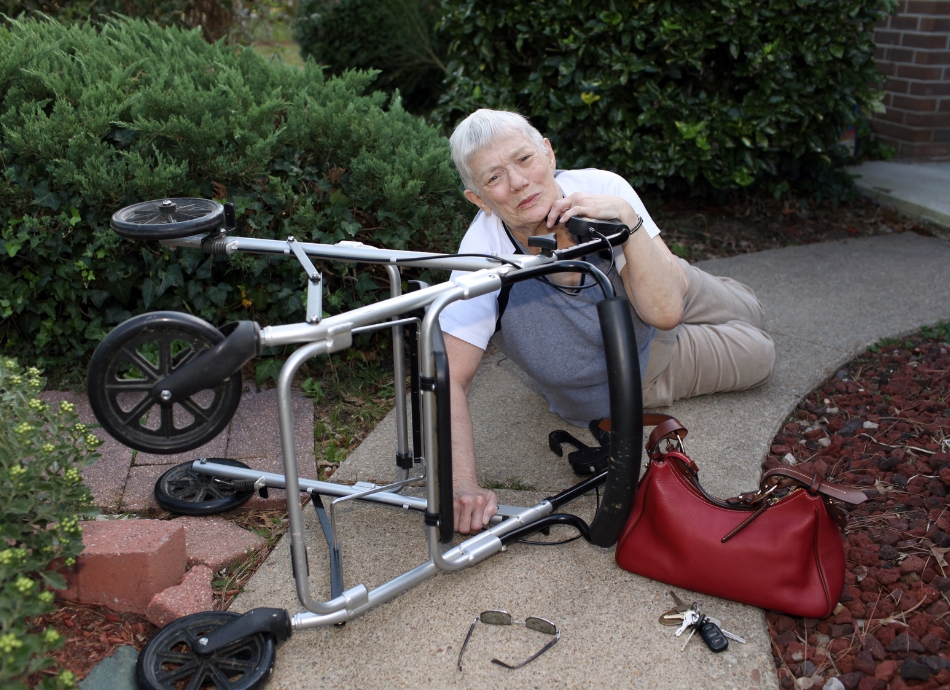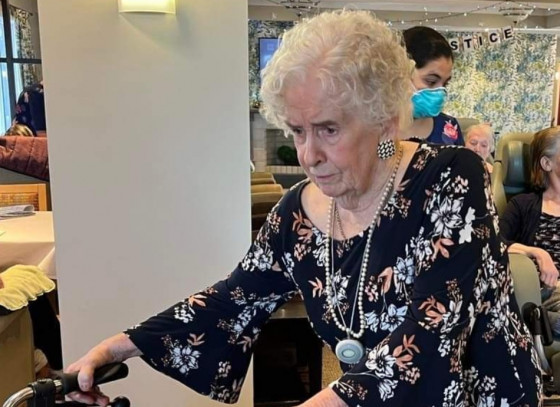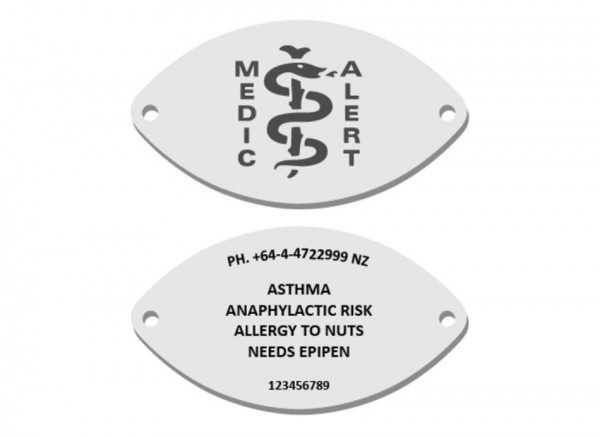When you need general medical advice you can call your healthcare provider or ring Healthline on 0800 611 116.
If it's a true emergency you can call Aotearoa New Zealand’s emergency number 111 and ask for an ambulance.
However, there may be times when you can’t get to the phone or may not be able to communicate information and this is where a personal medical alarm or medical ID service can help.
Your need for one of these services may be because you're getting older and feel less secure on your feet, or you or your whānau are concerned that you might have a serious health event eg, a heart attack or a stroke. Or perhaps you have a disability, or a health condition that affects your balance or mobility, or a serious allergy.
In the case of a medical ID, it may be useful if you have any medical condition, allergy, implanted device or need for medicine that could put you at risk of an emergency. They can also be used for people with dementia or Alzheimer’s, mainly as a form of identification.








